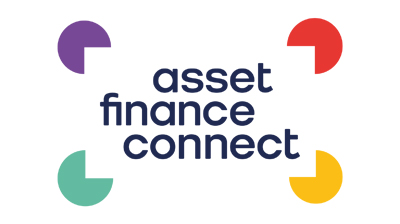Overall the EIB provided €19 billion of low-cost funding to SMEs in Europe, including €0.7m for leasing-specific programmes, in its fourth year of major operations to support European SMEs.
Most of the €19 billion goes to countries where the needs of SMEs are likely to be more severe than in the UK, for example €8.0 billion to Spain and €4.1billion to Italy. Yet Germany received €1.6 billion and France €0.7 billion, so why is the UK scoring ‘Nul Points’ in the EIB’s league table for 2015, and only 1% of the EU total for the last five years (see table)?
EIB Financing provided within the EU for SME and Mid-Caps (€ million)
| 2011 | 2012 | 2013 | 2014 | 2015 | 5 yr total | % of total | |
|---|---|---|---|---|---|---|---|
| UK | - | 188 | 284 | 62 | - | 534 | 1% |
| France | - | 770 | 1,300 | 1,300 | 723 | 4,093 | 6% |
| Germany | - | 850 | 1,427 | 1,747 | 1,628 | 5,652 | 8% |
| All others | 345 | 8,708 | 14,329 | 19,046 | 17,470 | 59,898 | 85% |
| Total | 345 | 10,516 | 17,340 | 22,155 | 19,821 | 70,177 | 100% |
Source: AFP analysis of EIB Statistical Reports
It is partly a quirk of the statistics. The EIB’s 2014 agreement with SG Equipment Finance covered a two-year lending programme. In addition to its loans for SMEs the EIB Group also provides guarantee support for borrowing by finance companies.
There were several such guarantees in the UK last year, including £50 million for Hitachi Business Finance arranged through the British Business Bank and £50 million for Kennet Equipment Leasing arranged through Commerzbank.
Even allowing for these factors it’s clear UK banks and finance companies (not least lessors, as the EIB has already supported at least 20 lessor programmes across Europe) haven’t made much use of the EIB’s loans for SMEs.
Why is this?
As the bank owned by the EU member states the EIB can borrow on the international market at rock-bottom rates. It then lends to financial intermediaries for onward lending to SMEs on a shared basis i.e. for every €1 the EIB throws in, the intermediary lends €1 of its own. The intermediary doesn’t need to match the rate provided by the EIB, it just has to pass on the benefit of the EIB’s contribution to the SMEs. It’s a straightforward arrangement without the bureaucracy usually associated with schemes run by official bodies.
The problem isn’t that the EIB doesn’t want to lend in the UK - far from it, as the EIB has an objective to get more low-cost funding to SMEs in all EU countries. It’s more that the largest UK banks are too big to need the EIB support, while smaller UK banks and other finance companies can’t access it because they are too small.
Having borrowed money at a very low rate using the security of the European community member states including the UK, the EIB aims to lend this money out to highly-rated counterparties. The largest banks that have strong ratings already have plenty of low-cost capital, including through the UK government’s Funding for Lending Scheme. Other banks and (in particular) non-bank lenders may need the low-cost funds but don’t have the required credit ratings.
If there is a solution, it’s likely to involve cooperation between smaller finance companies and other organisations that have strong ratings. This could involve banks, perhaps those with experience of working with the EIB elsewhere in Europe.
It’s also likely to involve local government, universities and large companies. Collaboration might lead to schemes that work either at regional level in the UK or for particular sectors such as for suppliers of low-carbon technology (one of the EIB’s four priority areas for investments).
With the referendum on Europe coming up, is the UK’s apparent failure to attract EIB loan support for SMEs a small example of why the UK can’t benefit from being part of the European community? Perhaps it’s better to see it as an example of how much more we could benefit from membership - if only we could find smarter ways to work the European system.
Julian Rose is director of consultancy Asset Finance Policy Limited (www.assetfinancepolicy.co.uk) and runs the Asset Finance 500 directory of asset finance brokers (www.assetfinance500.uk)








